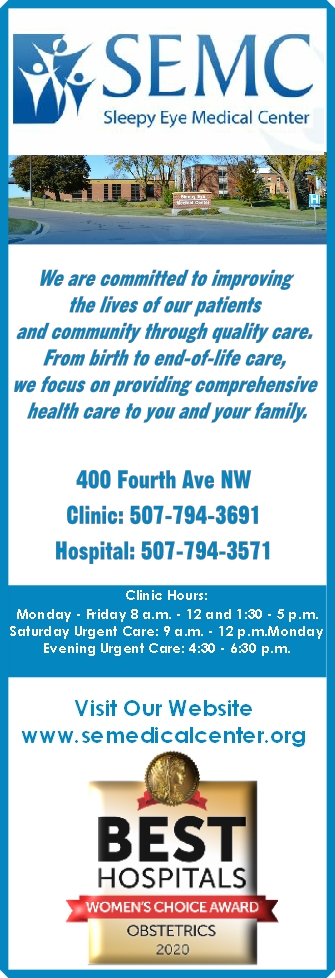Gail Gilman, Family Life Consultant, M.Ed., C.F.C.S. and Professor
Emeritus, University of Minnesota
Saving your life can be a race against the clock.
It can happen to anyone. You are driving to work when you are struck by
another car. If you are seriously injured, your recovery and even your life
can depend on how quickly the emergency medical team arrives, what type of
treatment you get and how fast they get you to a hospital.
Unexpected injuries are the leading cause of death for Americans ages 1 to
44. Most are from car crashes. Burns, gunshot wounds, serious falls and
sudden cardiac arrest are other medical emergencies that require immediate
treatment.
The minute a life-threatening injury occurs, the clock starts ticking on the
“golden hour.” That is a term used by emergency crews. They know that the
first 60 minutes after severe trauma can be critical to survival. Quick
action is even more crucial in the case of cardiac arrest, when the heart
stops beating, and the person passes out. Starting treatment within the
first few minutes can mean the difference between life and death.
The good news is that emergency medical care has greatly improved over the
past four decades. It is critical to call 911 or your local emergency
number right away if someone’s life seems to be in danger. Your prompt call
summons trained emergency medical crews to the scene. They can begin
medical care immediately. For life-threatening injuries, their goal is to
get the patient to a trauma center or hospital as quickly as possible.
If the pre-hospital time is very short, patients with severe trauma will
have better results. If it were not for the paramedics assisting and
transporting patients in a timely manner, trauma deaths could be two or
three times higher than they are today.
Scientists continue their efforts to improve emergency treatment. The most
important thing you can do is call 911 when a medical crisis strikes. And,
if you are able, help the victim before emergency teams arrive.
When to Call 911
Call 911 right away if you think someone’s life is in danger. Here are some
signs of a medical emergency:
* Uncontrolled bleeding
* New or sudden difficulty breathing
* New chest or upper abdominal pain or pressure
* Loss of consciousness
* Unexplained seizures or convulsions
* Sudden dizziness, weakness or change in vision
If you would like more information on “When a Medical Emergency Strikes”
contact Gail Gilman, Family Life Consultant, M.Ed., C.F.C.S. and Emeritus
University of Minnesota at <mailto:waldn001@umn.edu> waldn001@umn.edu. Be
sure to watch for more Family Living Focus(tm) information in next week’s
paper.








